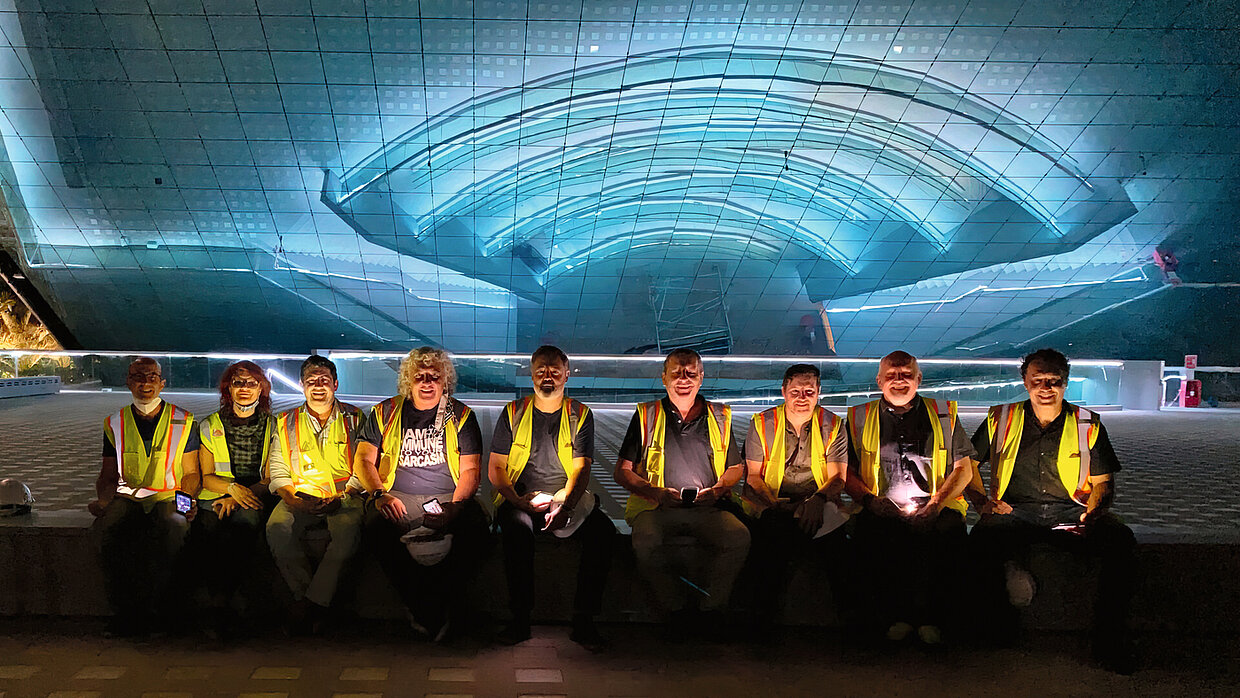
BMA – Boris Micka Associates —

Yong-Ju Kim is head of exhibition design at the National Museum of Modern and Contemporary Art (MMCA) in South Korea and worked as scenographer at the third Seoul Biennale of Architecture and Urbanism and of the Korean Pavilion at the 16th Venice Architecture Biennale. She served as an adjunct professor at the Department of Exhibition Design at Gyewon University of Arts. She worked as exhibition designer at the Peabody Essex Museum in the USA and the National Folk Museum of Korea. Major projects include “Connect BTS Seoul Archive”, design director for the opening of MMCA in Seoul and Cheongju, “Olympic Effect” and “FIGURATIVE JOURNAL: Chung Guyon Archive”. Through this, she holds a number of design patents. Jiwon Yoon is exhibition spatial designer at the MMCA, Korea and worked as a production designer. Major projects include “Dynamic & Alive Korean Art”, Hito Steyerl: “A Sea of Data” and “Decision to Leave”. Hwiyoun Park is exhibition graphic designer at the MMCA, Korea. Major projects include Hito Steyerl: “A Sea of Data”, and Haegue Yang: “O₂ & H₂O”.
Red Dot: Why did you become designers?
National Museum of Modern and Contemporary Art, Korea – Design Team: We are fascinated by the process of visualising content in design, impressed by how people imagine and create their own scenarios in the space.
To what extent do you think new technologies are changing design?
New technologies are making it easier to create design outcomes and drastically reduce the time required. The range of places where visual products are expressed is expanding in conjunction with VR and metaverse technology. We are in a flood of new styles and works that derive from them, but essentially it is about developing and supplementing the form of communication design based on the aesthetics that people have liked for a long time.
How would you define good communication design?
Content and information are absorbed intuitively and reflexively by people, remembered as a holistic sensory experience and eventually connected with new values.
Was your award-winning work inspired by current social issues?
“Time of the Earth” is an open platform that surveys the ecological worldview that has emerged as the zeitgeist of the current era, which is characterised by global crises such as climate change and pandemics. This exhibition takes a design approach to effectively reflect the ecological message.
Please describe the concept of creativity against the background of your award-winning work.
In order to avoid the one-time use of the concept as waste recycling that results in waste again after the exhibition is over, this exhibition has taken approaches to reduce the amount of waste generated in the exhibition from the very outset. In developing this concept, we designed the pneumatic structures to have individual air pressure autoregulation systems that allow their volume to be adjusted individually. The “Time of the Earth” archive forgoes the creation of pedestals or exhibition furniture that would have to be disposed of as waste after the exhibition. Instead, the design achieves a dynamic, open-concept place to allow the basic activities conducted at an archival exhibition, namely “displaying” and “viewing”, to be performed freely.